- Liberal Intellectuals (LIB)
- Performer (PER)
- Expeditive (EPE)
- Adaptive Pragmatic (ADA)
Bruchhauser Steine natural monument
Viewpoint/viewing tower | Historical site | Archaeological site | Various sights | Nature panel/info point | Visitor center | Naturerlebnispfad | Nature reserve/natural monument | Forest | Various nature experiences
Address
Bruchhauser Steine natural monument
Gaugreben´scher Weg
59939 Olsberg
Telephone: 02962-9767-0
Fax: 02962-976729
Properties:
Geology: The four Bruchhauser Steine (Bornstein, Goldstein, Ravenstein and Feldstein), which are up to 92 m thick, are among the most impressive geological phenomena in the Hochsauerland region and the entire Rhenish Slate Mountains. They are witnesses to a massive volcanic eruption at the bottom of the Devonian sea around 390 million years ago. They consist of the very hard volcanic effusive rock quartz porphyry (rhyolite) with inclusions of the minerals quartz and feldspar and mark the remains of a volcanic vent that penetrated the marine deposits of that time. In the millions of years that followed, the deposits were folded into a mountain range and slowly modeled out of their softer shell of Devonian clay shales through weathering processes. The weathering-resistant volcanic rocks were largely preserved as "hard rocks". The extensive boulder debris fields with quartz porphyry boulders below the rock complexes on the L 743 south of the village of Olsberg-Elleringhausen also bear witness to the erosion.
However, the Bruchhauser Steine are not only a geologically rewarding excursion destination. As a retreat for arctic-alpine plants, they are one of the rare locations for plants that are no longer native to us (so-called "relict species") from the Ice Age. Only here - under extreme climatic conditions - have they been able to survive to this day and have not been displaced by warm-age plants. The "Bruchhauser Steine" are home to important plant occurrences (alpine goose cress, lotus-leaved hawkweed) as well as a peregrine falcon breeding site.
Age of the rocks: Quartz porphyry (rhyolite): Middle Devonian, Eifel stage (around 390 million years before present)
In April 2017, the Bruchhauser Steine were designated a National Natural Monument - the first in NRW.
The Bruchhauser Steine were awarded the title "National Geotope" by the Academy of Geosciences in Hanover in 2006.
vacation opening times: During the Christmas vacations, the Bruchhauser Steine are open daily from 11:00 - 16:00. During the Easter vacations, the Bruchhauser Steine are open daily from 10:00 - 16:00.
As soon as public holidays fall on a Monday, the Bruchhauser Steine are also open then.
(Texts: Tourismus Brilon Olsberg)
Prices
Adults: € 4.50
Children: 2,50 €
Reduction with SauerlandCard: - € 0.50
Family ticket: 10,00 €


















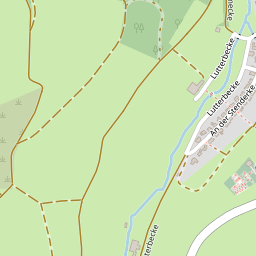



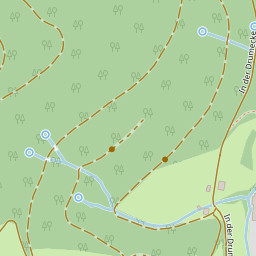

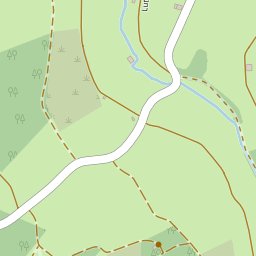

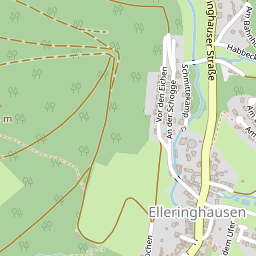





















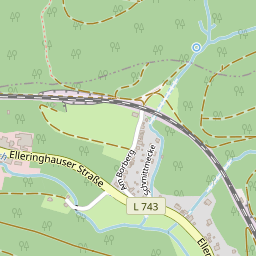

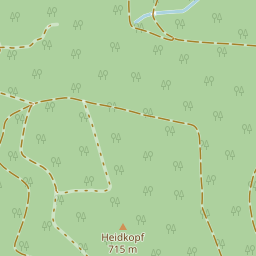



























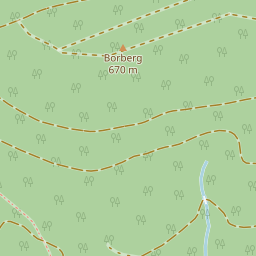

































































































Directions
Arrival by car From the north: A33 to the Wünnenberg-Haaren exit, then via the B480 to Brilon and Olsberg From the south: A44 to the Marsberg exit, then via the B7 to Brilon and Olsberg From the west: A44 to the Werl exit, then A46 to Olsberg From the east: A44 to the Marsberg exit, then via the B7 to Brilon and Olsberg Arrival by train Brilon and Olsberg are on the Sauerland Express route (RE 17 Hagen-Warburg/Kassel) and are therefore easy to reach from the Ruhrgebiet. The Dortmund-Sauerland-Express (RE 57 Dortmund-Winterberg) also offers a regular direct connection to Bigge-Olsberg. There is also a direct connection from Dortmund and Korbach to Brilon. You couldn't travel more comfortably! You can find more information here: www.bahn.de






